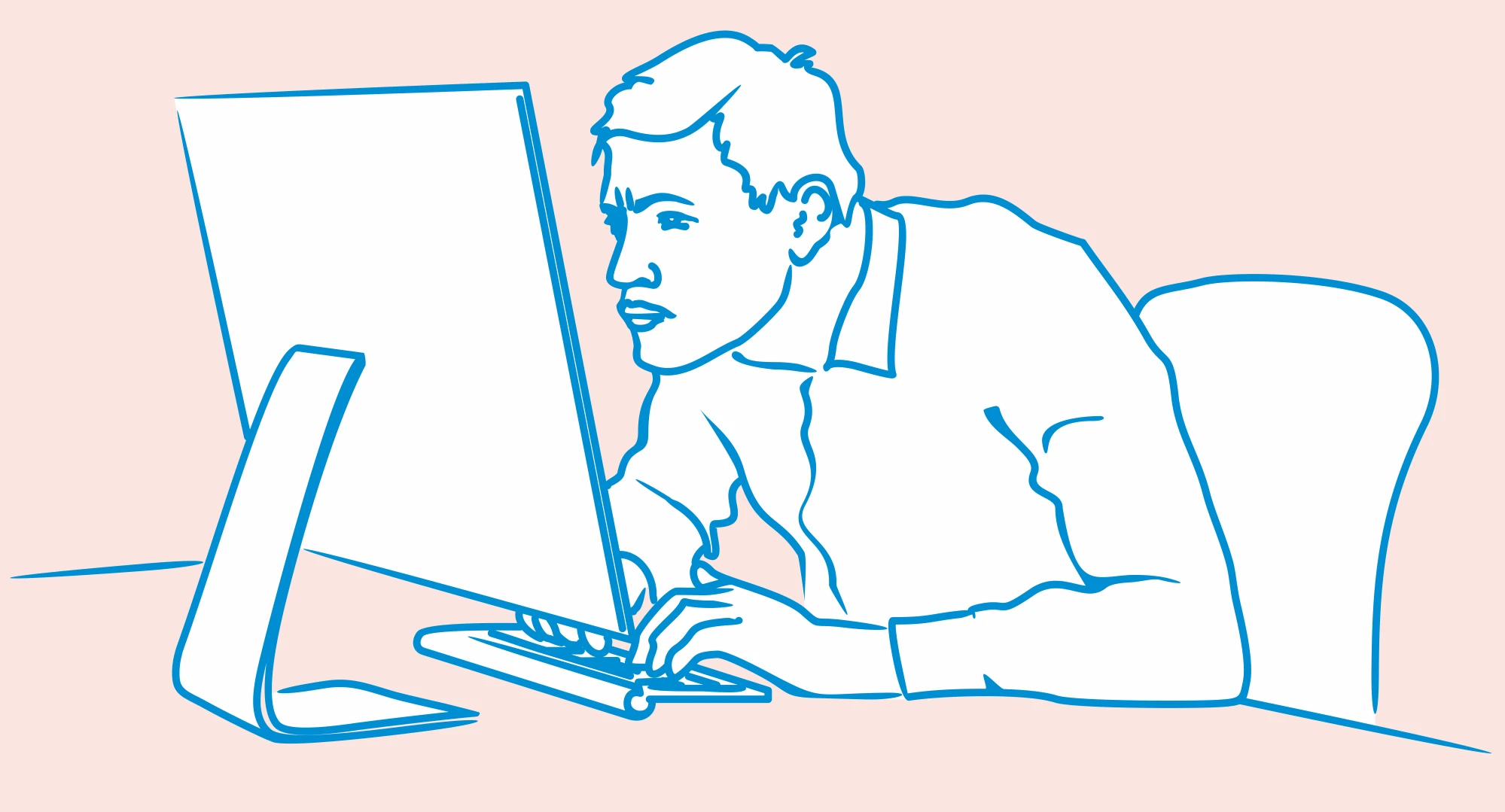To provide services at the highest level, we use cookies. Using the website requires you to choose settings related to their storage on your device. If you want to know what each type of cookie is used for, click the Details button below.
What should be the mattress for a programmer?30 listopada 2023 |

The hardness scale of mattresses, including H2 and H3, has no standards and is not subject to universalization. Its values, like H3 or H4, do not correspond to specific hardnesses expressed in kilopascals (kPa) or newtons (N). Theoretically, an H2 mattress should be softer than an H3 mattress, but this is not always the case. The lack of standardization and common norms often leads to classifying mattresses based on individual employee perceptions. It frequently happens that two specimens of the same mattress model labeled as H3 actually have different hardness.
IT professionals spend many hours in front of the computer, often involving prolonged sitting, frequently in improper positions. A properly chosen mattress is crucial for maintaining spinal health because it regenerates and rests during the night. An unsuitable mattress can contribute to back pain, neck pain, and overall discomfort. A functional mattress supports the correct body posture and contributes to better sleep, which in turn affects health.
To alleviate lower back pain while working on the computer, it's essential to focus on ergonomic work and sleep hygiene. Ensure that the chair, desk, and monitor are adjusted to the correct body posture. The chair should support the natural curvature of the spine and assist the deep muscles during sitting. Stand up, stretch, and move around periodically. Stretching exercises can help make the muscles more elastic. Also, maintain the natural curvature of the spine while sitting. Adjusting the monitor to eye level can help avoid tilting the head forward. If the chair lacks sufficient support for the lower back, consider using a cushion or special support.
Safe computer work primarily involves ergonomics in the workplace. Set up the desk, chair, and monitor to support a natural body posture. Ensure that the chair supports the work of the deep muscles around the spine. Plan short breaks to move, stretch, and allow your eyes to rest from the screen. Ensure that the room is well-lit, and the monitor is at the appropriate distance from your face to avoid excessive eye strain. Eye exercises can also help reduce eye fatigue caused by prolonged staring at the computer screen.
Yes, programmers and other IT professionals are more prone to spinal disorders. They often spend long hours at the computer, leading to a range of disorders. Prolonged sitting in a bad position, lack of movement, and improper ergonomic work can increase the risk of spinal disorders. However, it is crucial to ensure good sleep hygiene to allow the spine to rest and regenerate during the night.